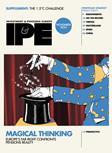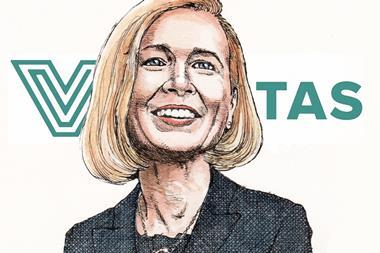GLOBAL - Pension funds that have returned to the securities lending market have focused their programmes more on intrinsic value and are now looking for more third-party lending relationships, says one market expert.
According to Keith Haberlin, senior vice president global securities lending at the agent lender Brown Brothers Harriman, since the financial crisis, pension funds have been seeking to drive return from lending the securities itself and not from the collateral.
Lenders are therefore looking to invest cash collateral in more liquid vehicles to reduce risk.
Haberlin said: "In 2008, two main issues came together for pension funds. First, the collapse of Lehman Brothers - which was a huge borrower in terms of securities lending - was a big shock in the market.
"The second and more critical issue was linked to cash collateral reinvestments. Some of the cash that was taken from borrowers had been reinvested in vehicles that were more aggressive than warranted for securities lending, holding highly illiquid assets."
The difficulties pension funds faced were less a matter of credit - as most of the cash collateral was invested in AAA-rated funds - and more an issue of liquidity.
In some cases, according to Haberlin, vehicles were not only dedicated to securities lending but also open to other type of investments.
"Prior to the Lehman Brothers bankruptcy, some pension funds were not fully aware of the risks associated with securities lending and the reinvestment of cash collateral", he said.
While most custodians run the entire securities lending programme for their clients - including the reinvestment of cash collateral - the risk from reinvestment of cash collateral is not typically covered by an agent's indemnification, leading to important losses. Many funds therefore decided to stop their securities lending activities.
In 2008, two large Dutch pension funds, PFZW and ABP, put their programme on hold due to the operational risks involved and the expected low returns.
In Belgium, the Belgian Association of Pension Funds (BVPI) also called on local corporate and industry-wide pension funds to stop the practice of lending securities.
However, securities lending remains a low-risk business, and most pension funds have now returned to the market, adopting a much more prudent approach, according to Haberlin.
He said: "Instead of looking at the total return, they look at the risk adjusted return, which is a more accurate measurement of performance. Pension funds are now more focused on lending assets in their portfolio with high intrinsic value."
Pension funds are also seeking to appoint securities lending agents as well as a custodian, Haberlin said, "as this enables the pension fund to work with an agent that is more aligned with its own risk profile and investment objectives."
In September 2009, an IPE survey on securities showed that 46% of the 32 pension funds surveyed believed operational issues - including counterparty exposures - were more important than in 2007 when it came to selecting asset managers.
But around 15.5% said they believed operational issues were less important than, or as important as, investment ability.












No comments yet